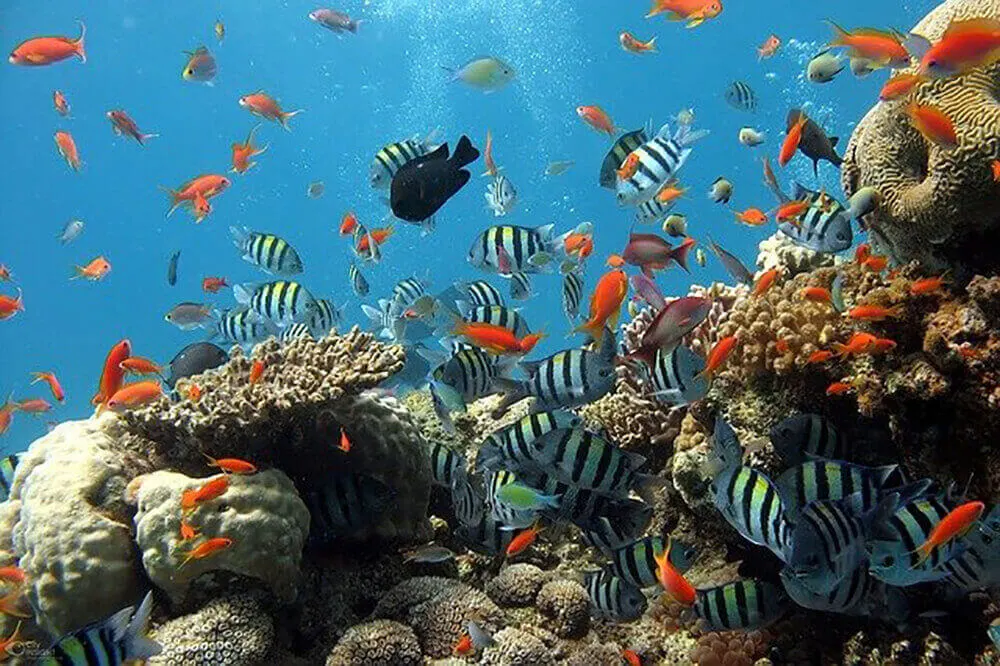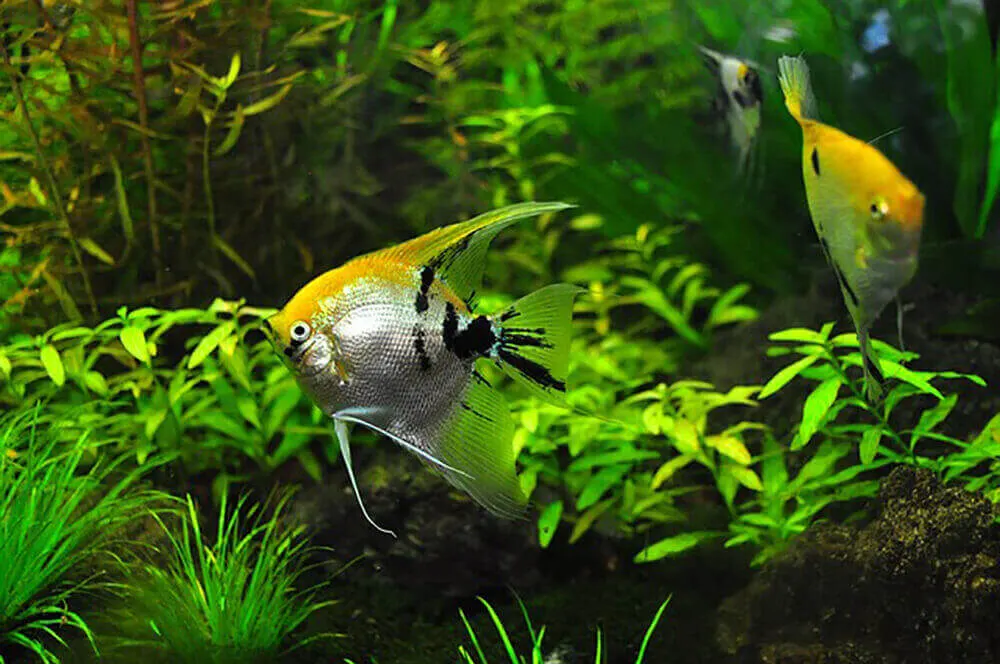Setting up and managing a planted tank is not as easy as setting up and maintaining a fishbowl. There are many things to consider when setting up your aquarium, but this article will walk you through the steps to set one up properly so that it can be maintained long-term.
Choose The Type Of Plants You Want To Use
You first need to choose the plants you want to use in your planted tank. There are a lot of plants that can be used, both aquatic and terrestrial. You don’t need the most popular or unique kind, just choose what you like best so it will look good in your aquarium environment setting.

When choosing which type of plant to place inside the fish tank, remember they should not only look nice but also behave well with other types of fish inhabiting there. Some species eat certain kinds of vegetation while others do not interfere with them at all.
Beginners need to know that some plants require a lot of skill to maintain. However, you can choose an easier aquarium plant that will look just as nice while you don’t need to worry about it dying. You’ll have a nice-looking aquarium with half the work that you would have on your hands with other types.
Add Gravel And Rocks
Gravel and rocks are necessary to setting up and maintaining a planted tank. These items allow for substrate, which is at the bottom of the tank where plants grow out from. Gravel provides more surface area than sand would because it keeps an open space between rocks that give organisms like shrimp or snails places to hide (if they are placed in the aquarium).
Sand can also be used as part of setting up and maintaining a planted tank but gravel has so many benefits over it including:
- Providing better water circulation through plant roots on top of small rocks.
- Storing nutrients within itself so there is less waste produced by decaying material inside your fish tank. This allows you to fertilize them with fewer chemicals if desired without having too much uneaten food in the tank.
- Providing more space for root growth is crucial to setting up and maintaining a planted tank.
So, adding gravel and rocks is necessary when setting up or maintaining a planted tank. Make sure you pick out the right size of these items because too big will slow down water flow while too small can make it difficult to plant anything properly.
Add Aquarium Salt
You’ll also need to add aquarium salt when setting up and later maintaining a planted tank. Aquarium salt is generally used to add minerals that plants require in order to live, plus it adds electrolytes which make fish healthier as well! The best kind of aquarium salt for setting up and maintaining a planted tank is the one with trace elements.
Maintain The pH Balance
A very important part of maintaining a planted tank is keeping the pH levels in check. If you do not, it can be harmful to your plants and even kill them. The pH balance is the measure of hydrogen ion concentration in water or bodily fluids within a range of values, usually between 0-14 on the pH scale.
Possible causes for changes in the aquarium’s pH level would be due to things like decomposing organic matter, the addition of tap water or rainwater and even set up a new tank.
Many hobbyists do not understand how important it is to keep an eye on their pH balance in order to set up and maintain a planted tank properly. Sudden changes can kill your plants but too little change won’t allow for healthy plant growth either.
Keep An Eye On Nitrates, Phosphates, And Ammonia Levels
Apart from the pH balance, it’s essential that you also keep an eye on the nitrates, phosphates, and ammonia levels. A healthy tank should have a low concentration of each one of them.
Maintaining a nitrate level below 20 ppm is definitely recommended for aquatic plants’ health. Phosphates should be below 0.03 ppm for a healthy environment, but there are special plant substrates that can help you reduce this concentration even further to almost zero as well as maintain it at low levels. Ammonia levels should remain at zero, but fish waste and the decaying matter will inevitably lead to the increase of this concentration.
Mind the temperature
It’s also crucial that the temperature of the water in the planted tank is not allowed to fluctuate. This can be achieved by maintaining a good temperature range of approximately 22°C (72°F) and 28°C (82°F). That way, the plants are able to grow healthily. It’s also important for the fish to keep this up because they can react poorly to changes.

Having a planted tank is a blast, but you do need to know how to maintain it. Choose plants that are easy to maintain and add gravel, rocks, and aquarium salt. After that make sure to maintain the pH levels. Also, you’ll need to mind the nitrates, phosphates, and ammonia levels, as well as the temperature in the aquarium. You’ll have a nice addition in your home that will be kept healthy and beautiful!
